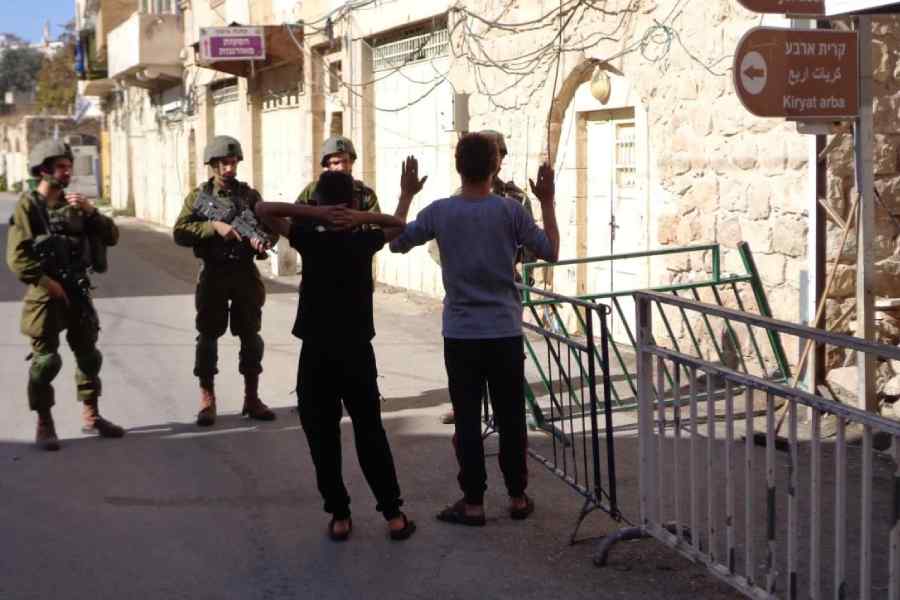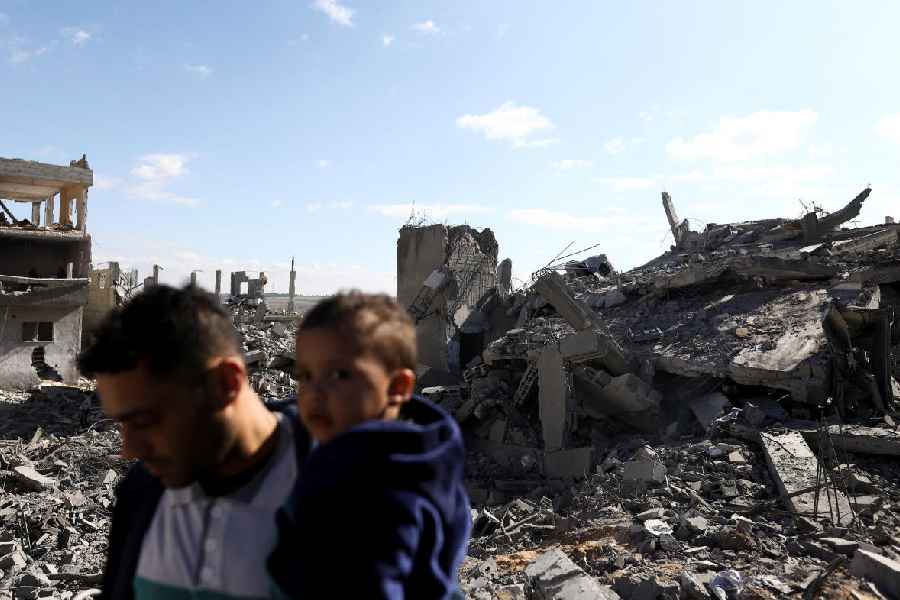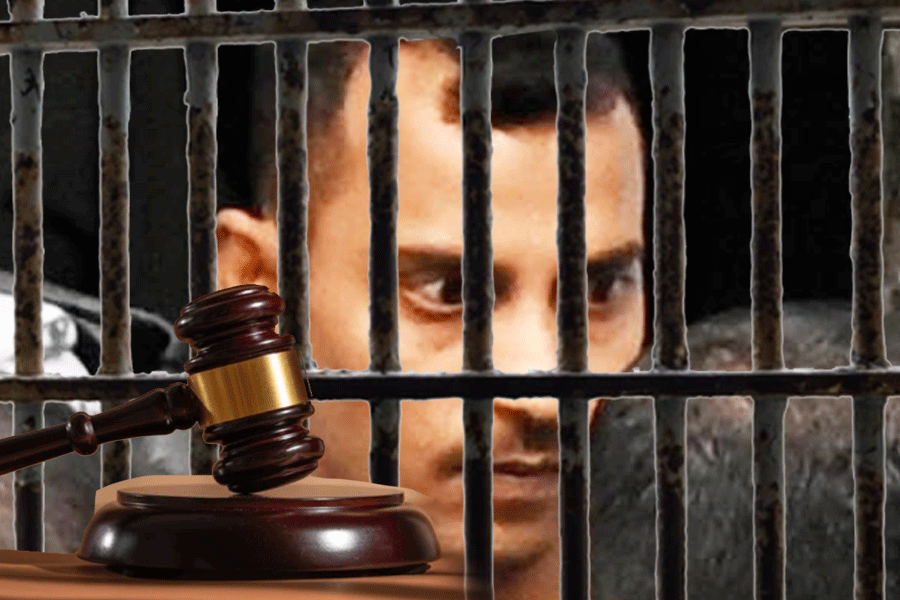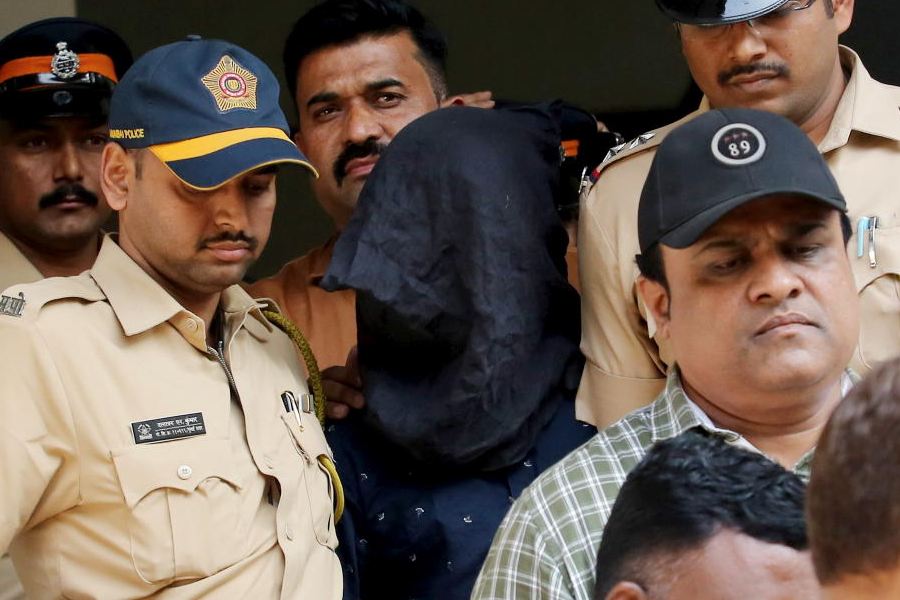The Israel-Palestine dispute is at the centre of a broader, regional, cyclical gyre of conflict. The Six-Day War of 1967 ushered in new realities for the people of West Asia. After the 1967 war, various security arrangements were applied by Israel in West Bank, East Jerusalem and Gaza, leading to harsh mobility restrictions, security checks, the imposition of vague legal status, and the expansion of Jewish settlements. The Oslo Accords divided the West Bank into three administrative units. In Area A, the Palestinian Authority handles civil and security concerns; in Area B, the PA handles only civil matters; in Area C, Israel has full control. The consequent difficulties playing out in the lives of the people in these areas can be best understood via their lived experiences.
In West Bank, Hebron is a unique case in point as it does not clearly fit into areas A, B, or C. Rather, it is divided into H1 and H2 by the Hebron Agreement of 1997 where Israeli military law and PA jurisdiction produce complex constraints. Here, the Jewish settler colony is in the heart of a significant Palestinian population, thereby complicating matters. After the signing of the Hebron Protocol, Israeli forces partially withdrew from the city. The PA took over H1, while the Israeli military maintained control over H2.
Hebron’s contested history is stained by the fateful massacres of 1929 and 1994. The Al-Ibrahimi mosque, also known as the Tomb of the Patriarchs, symbolises this fraught history and suffering in Hebron. There are marks on the marble pillars and walls at the site of the 1994 massacre of the Muslim community; these images invoke unwanted memories for the local people. Bulletproof glass set up to prevent tragic confrontations between the two communities is the most striking fixture, allowing Muslim and Jews to look into the sacred space of Maqam Ibrahim from either side. Outside the mosque/tomb, metal fences and security surveillance restrict the two communities’ movement. This has resulted in stretches of barricaded roads, closed stores, and separate roadways for the two religious communities to the holy site. Hebron’s ever-increasing checkpoints in H2 challenge the peace-mobility duality. The lack of police protection for regular transgressions is a major issue in H2. The PA cannot station police or other grievance mechanisms in this area. Thus, Palestinians have nowhere to turn to in such situations. Crime has risen due to this lack of redressal mechanism.
Life in H2 is restricted, with far-reaching effects. For Husain, a Hebron H2 shopkeeper, the mobility restrictions have hurt his glass factory business; shops, like that of Ahmad, must close indefinitely to avoid friction with settlers who live on unauthorised land; a security checkpoint near Dalal’s shop has hurt her finances and mobility. Some Palestinians sell kuffiyeh scarves outside shuttered shops. These acts of resilience reveal the tenacity of a population trapped in a political turmoil spanning decades.
Mobility restrictions make it hard for Palestinians to move across the security check points to go to Israel from the West Bank. Although people with work permits are allowed to cross over after arduous security checks, they often do so with minimum belongings and, sometimes, even without lunch boxes to avoid the long hours of security checks. Furthermore, to gain permits, one has to provide the authorities with a clean security record which is like chasing a chimera. Women find it even harder to pursue the labyrinthine process of obtaining permissions due to the stringent security mechanisms that cause socio-psychological impacts. The Separation Wall, called a security barrier by Israel and apartheid wall by the Palestinians, increases this isolation. This severely harms Palestinian mobility and livelihoods.
The psychosomatic impacts of restrictions on mobility are visible in the refugee camps spread across the West Bank. Near the Qalandiya refugee camp, when entering West Bank from East Jerusalem, a boy could not imagine a world beyond refugee camps and assumed that everybody lives in camps. The population inside feels trapped by the security barrier constructed by Israel causing scarcity of choice and resources. Israel feels the security barrier is necessary to minimise security breaches and life-threatening incidences.
The Separation Wall, originally meant for separating the West Bank, also affects the residents of East Jerusalem. Constructed in 2003, it divided East Jerusalem in such a way that it created problems of residential demarcation and furnishing proof of belonging to East Jerusalem. For instance, the Shu’fat camp and its neighbours ended up on the West Bank side of the Separation Wall, severing their ties to East Jerusalem. Al-Eizariya (Bethany), which was three kilometres from Jerusalem, found its status changed due to security upgrades. Bethany’s residents, who landed on the other side of the Separation Wall, found that their residential status became contingent on a ‘centre of life’ principle. This meant that to maintain their identity under Israeli law, the onus lies on Palestinians to provide proof that Jerusalem is their ‘centre of life’. The account of a fruit vendor in Salah ad-Din Street, describing entry-exit through the check-points while travelling from Bethany camp to East Jerusalem, revealed concerns with security issues and the unpredictability in accessing markets in East Jerusalem. Many like her bear the brunt of constant improvisations by security apparatus. Obtaining permits is difficult but women over 55 years of age can pass through security points with their biometric magnetic cards issued by the Israeli authorities. Such provisions arbitrarily grant or deny mobility, affecting livelihood opportunities. Tax concerns further complicate the lives of East Jerusalem residents who only have residential rights due to the discrepancy between residence rights and citizenship.
These vignettes illuminate East Jerusalem’s lived experiences and reflect how people’s lives are entangled in the larger State-citizenship conundrum. Most people in East Jerusalem bear Jordanian passports that are of no use for travelling through the Ben Gurion airport. Most residents do not want to avail of Israeli passports due to concerns regarding the ‘oath of allegiance’ to Israel. Palestinian Jerusalemites now meet the Israeli Citizenship Law’s naturalisation requirements. But they argue that the citizenship of Israel should not be forced upon them. It was reported lately that a noticeable percentage of people started applying for citizenship but faced denials and long delays.
These stories of restrictions in the West Bank show that security-focused approaches are not sustainable. Hamas’s breaching of the Gaza border on October 7 exposes the fragility of such security measures. The narratives of Othering stemming from the framework of excessive securitisation form the root of instability and indignation.
This article stems from observations, conversations and narratives collected from the author’s travel to various locations in Palestine and Israel in 2023
Tarushikha Sarvesh is Assistant Professor of Sociology, Advanced Centre for Women’s Studies, Aligarh Muslim University











